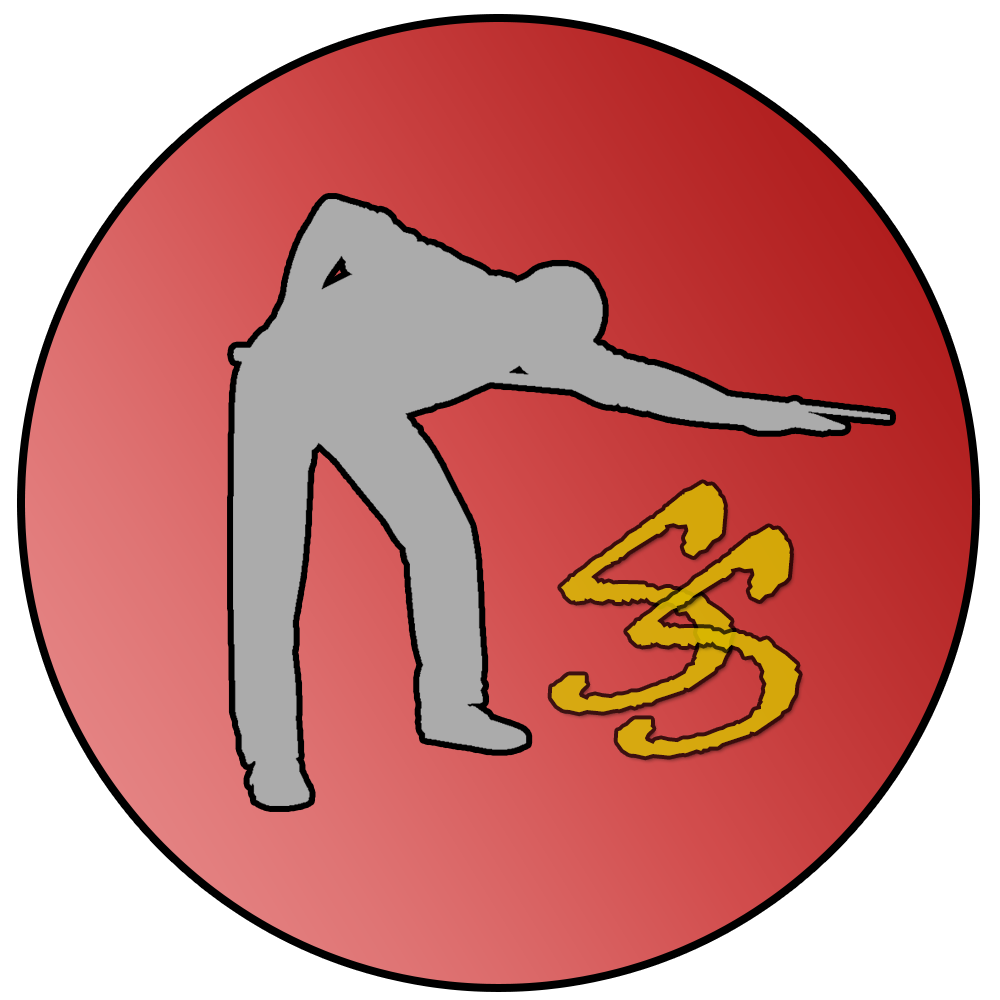It’s another season and another Judd Trump/Neil Robertson final. I wonder how many more of these will be contested this season? Not that I’m complaining in any way. In fact, it’s well documented how much I relish the chance to watch a head-to-head such as this one. On this occasion, both men fight for the chance to become the first player to win three Home Nations events.
Breakdown
The proceedings initiated with Trump establishing a 3-1 lead, aided by a couple of 40+ breaks as well as requiring a few attempts to really clinch a frame. It wasn’t the vintage start that we were used to expecting from either player. Nevertheless, Robertson hit back in a more ‘business as usual’ manner as he reeled off the next three frames with breaks of 75, 128 and 61. Trump found himself struggling at this point but he was able to manage a 51 break (thanks to a useful snooker behind the brown) to level the playing field going into the evening session.
Robertson continued this swing of momentum as he secured the first three frames of the evening, one of which included a 114 break. Trump wasn’t able to get into his typical rhythm, as evident by his making a 52 in Frame 10 and missing a black to allow Robertson to steal. However, this seemed to have rubbed off a little bit on Robertson since despite having a 7-4 lead, whether he saw the finish line too early or suffered a dip in form, allowed Trump to come back.
Trump took Frame 12 with a break of 76 and was able to win four frames to reverse his deficit into an 8-7 lead. Robertson had chances to get within one frame of victory, but he couldn’t turn the screw. This was shown in Frame 14 as he made a terrific pot to right centre to commence a 65 break, but was denied by the same pocket by some margin to allow Trump to steal the frame.
It wasn’t a straight shot to the finish line for Trump at this point. In a near perfect mirror of events, Robertson made a 125 off Trump’s break-off shot in the penultimate frame. However, Trump liked what he saw and thought he’d have a go at that, as he himself followed Robertson’s break-off shot with a 114 of his own to win the deciding frame and claim the English Open title.
Afterthoughts
While it may not have been a vintage performance by either player, they did display their spells of top-level skill as they were each able to reel off consecutive frames whilst including some centuries in the mix. It may not have topped their epic at the Champion of Champions last season, but it certainly provided audiences with a thrilling contest as whenever these two match-up, you really never know who’ll come out on top.
Robertson may not have gotten the ending he desired but he was able to come out as the star performer as he produced twelve centuries over the course of the week – miles ahead of anyone else. Not to mention this was done in a tournament which mostly consists of best-of-7s. Robertson is continuing to prove that his form hasn’t gone anywhere as he remains one of the worlds very best.
On the other hand, Trump has seemingly picked up after many feared following his drought since Gibraltar that he wouldn’t be able to live up to that same standard. It wasn’t his best tournament in terms of large breaks, but it was certainly one of his best when it comes to mettle. Trump was one frame away from being eliminated in his first three matches of the English Open, yet he was able to overturn each of these to storm to the final and amass his 18th ranking title. How many will he win this season?
What did you think of the English Open final?
Like this Short? Click here to read: European Masters Final 2020 – Shorts Thoughts
Have an idea for a Short post? Feel free to get in touch using the social media links below! Thanks for reading!









